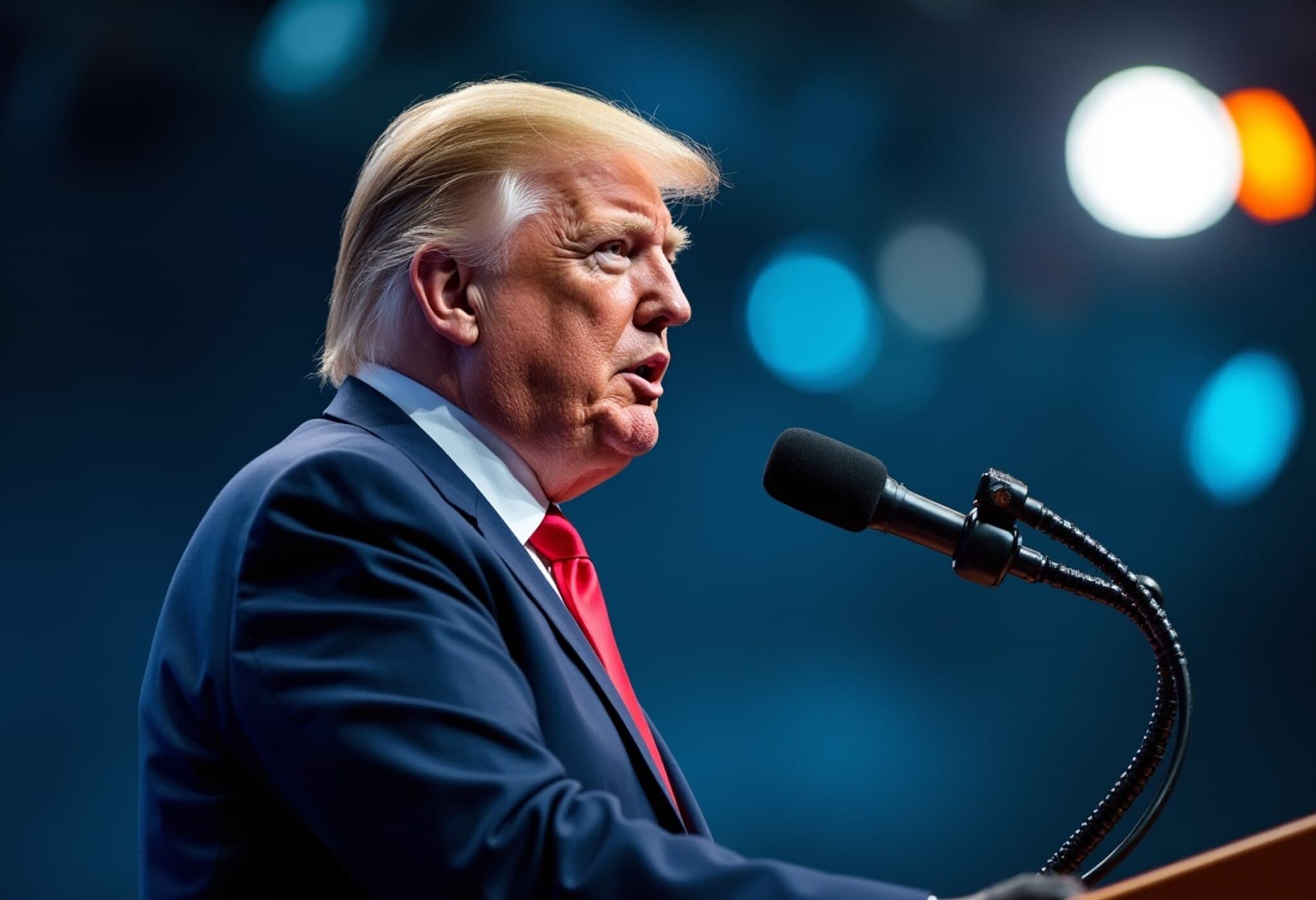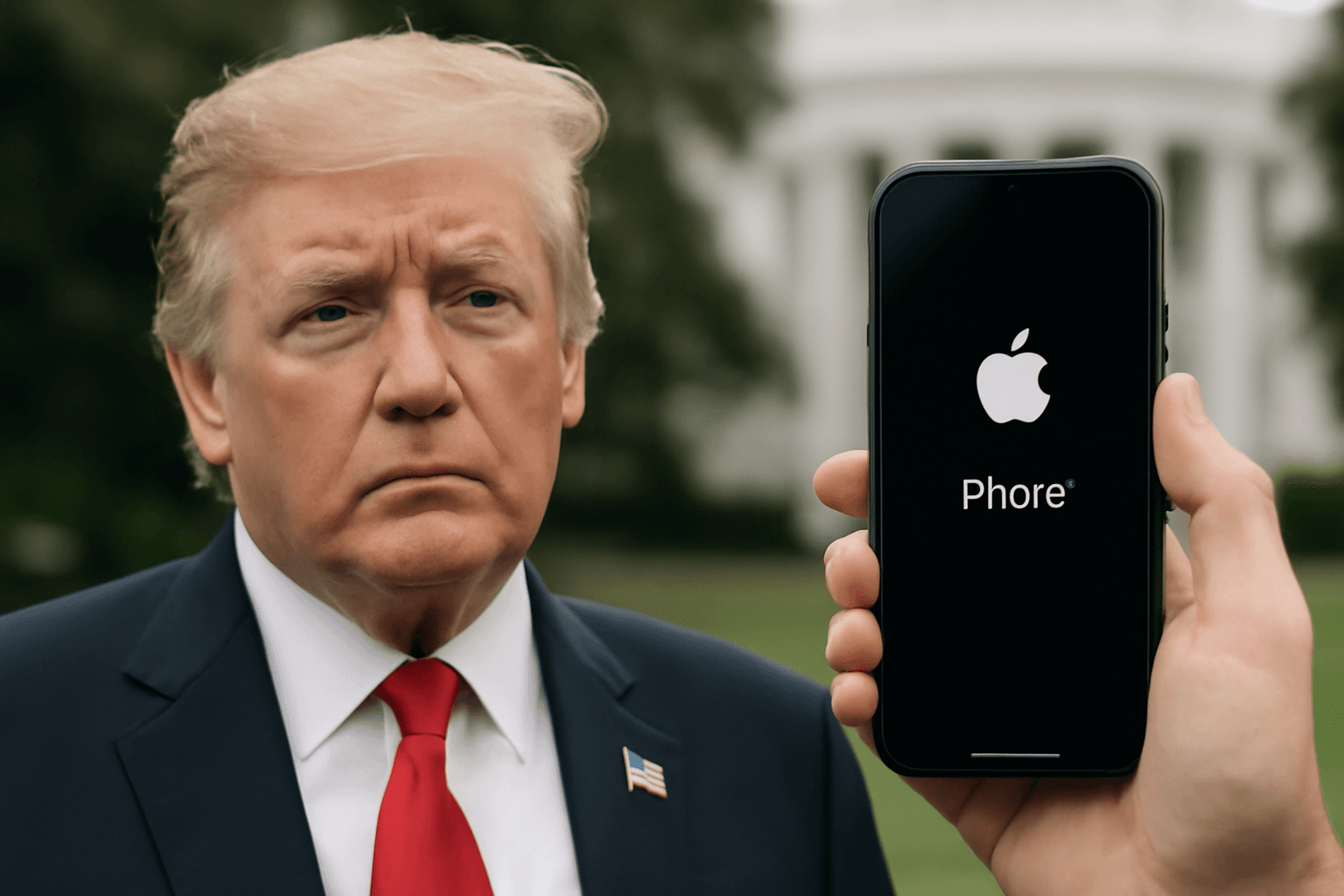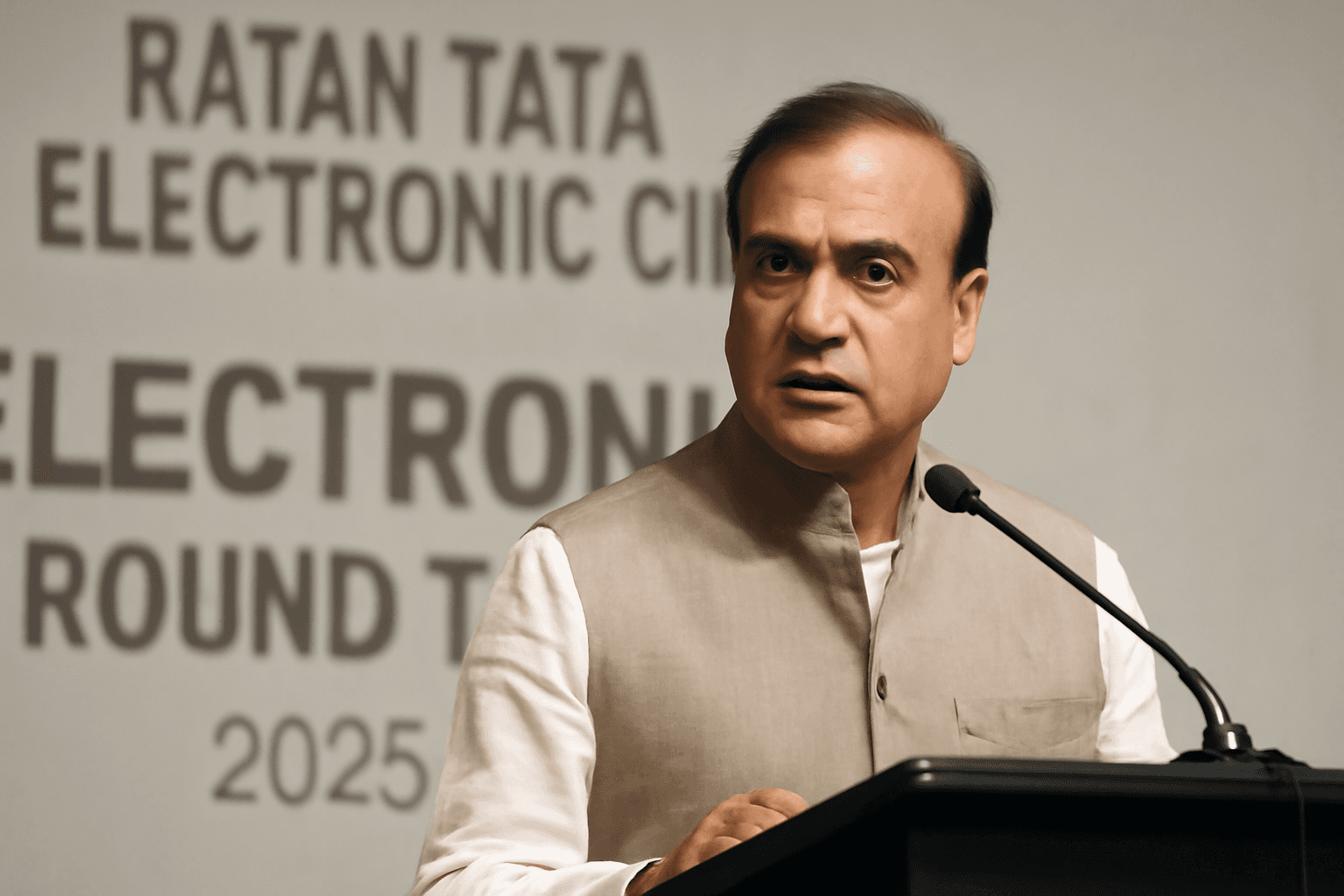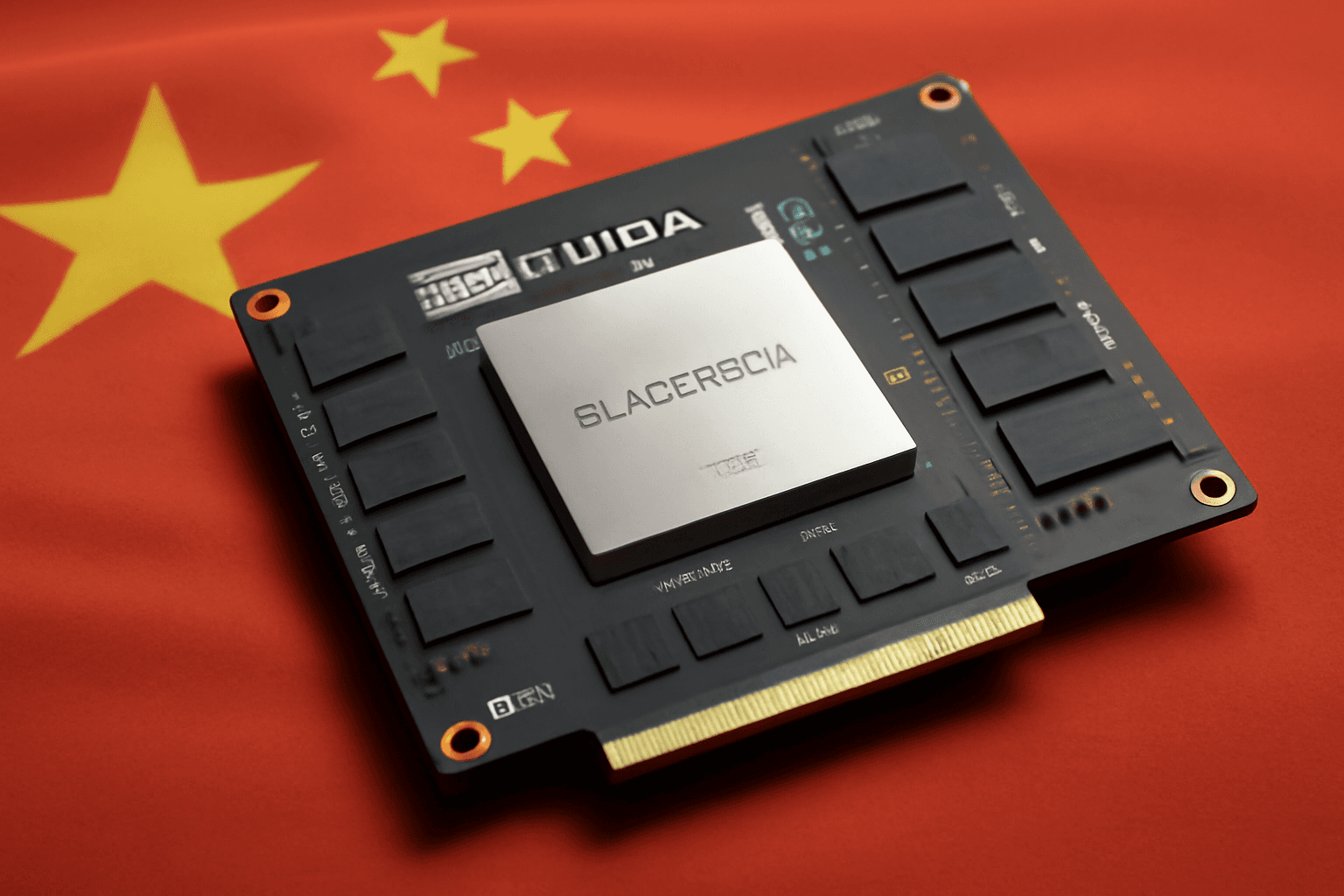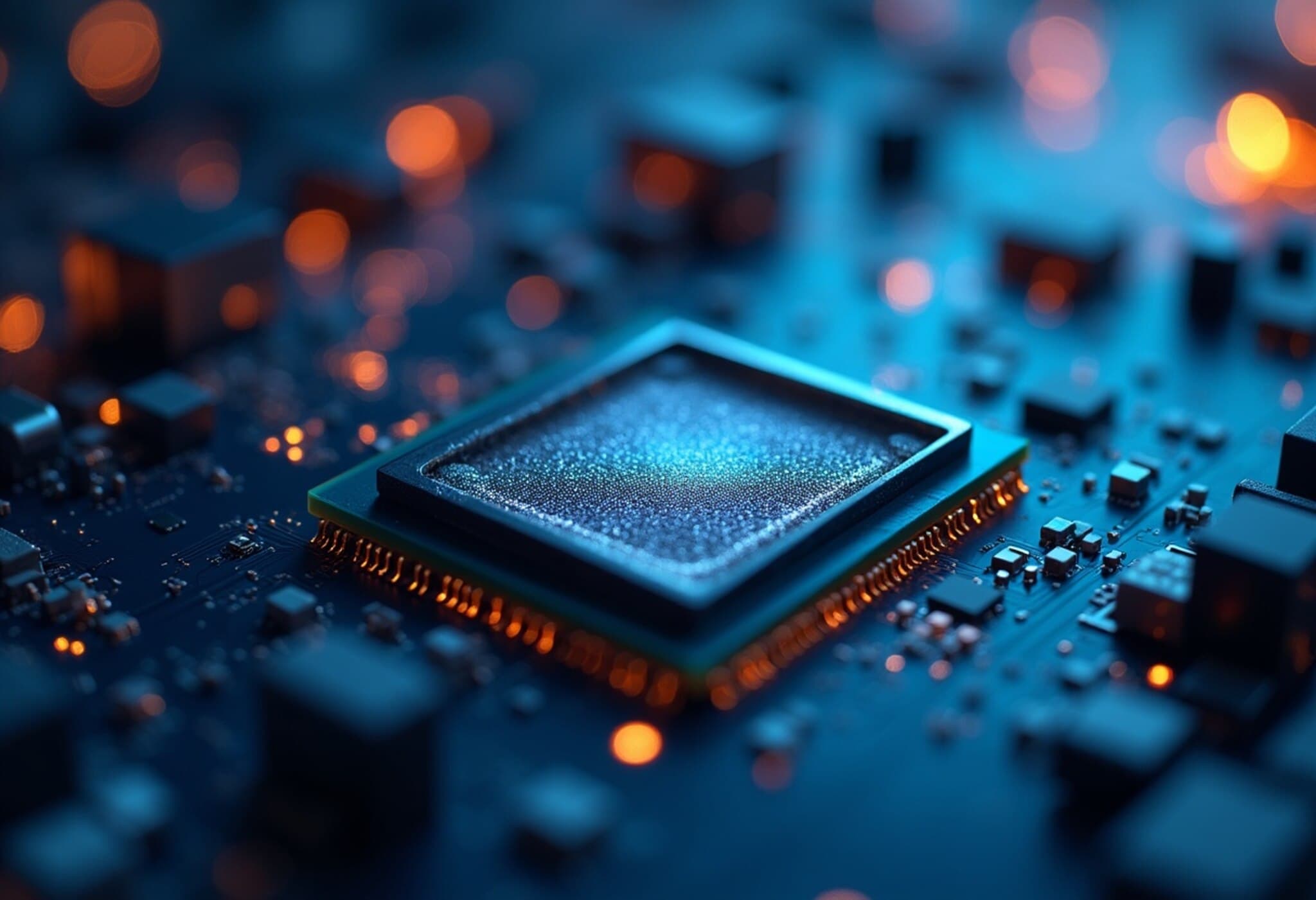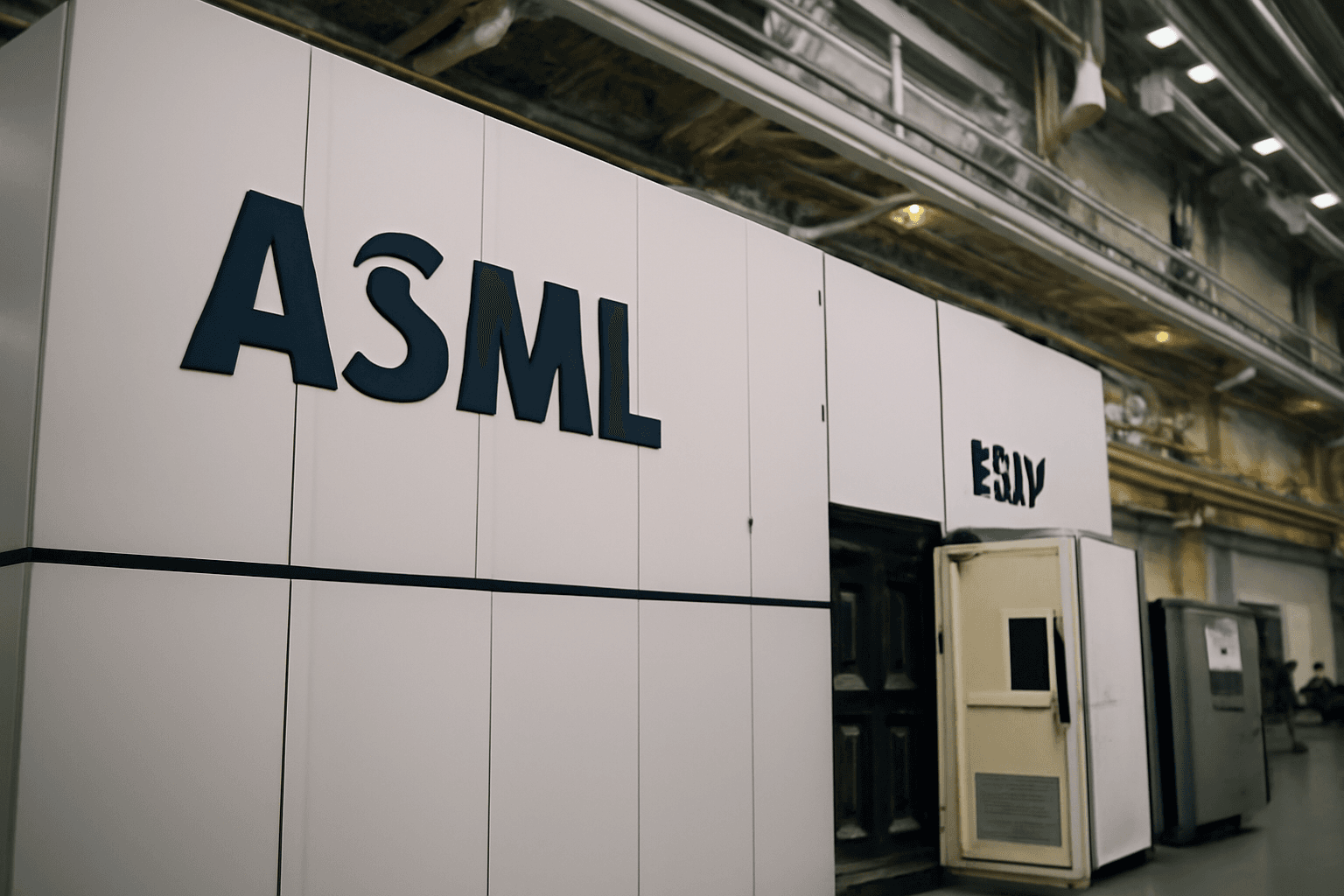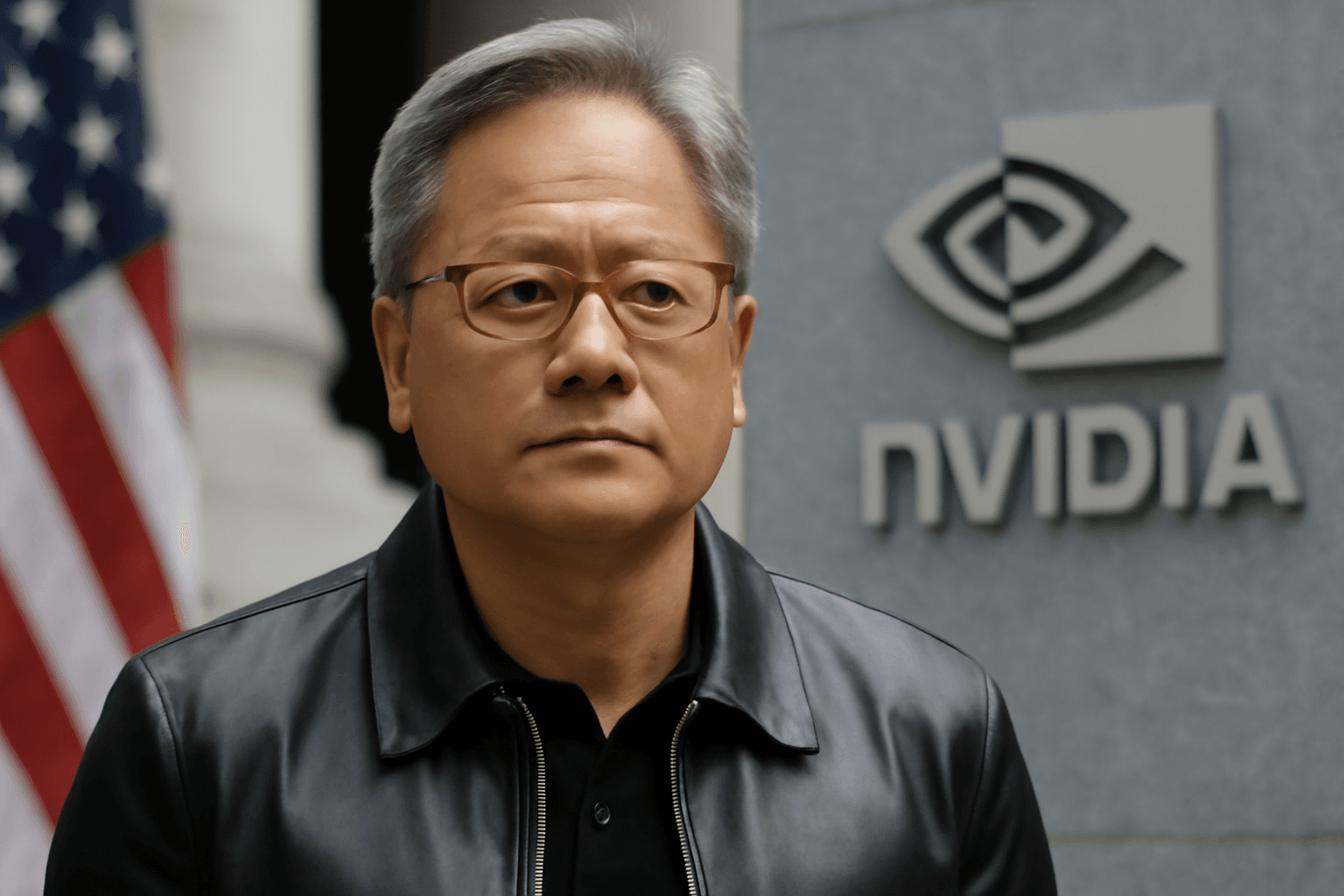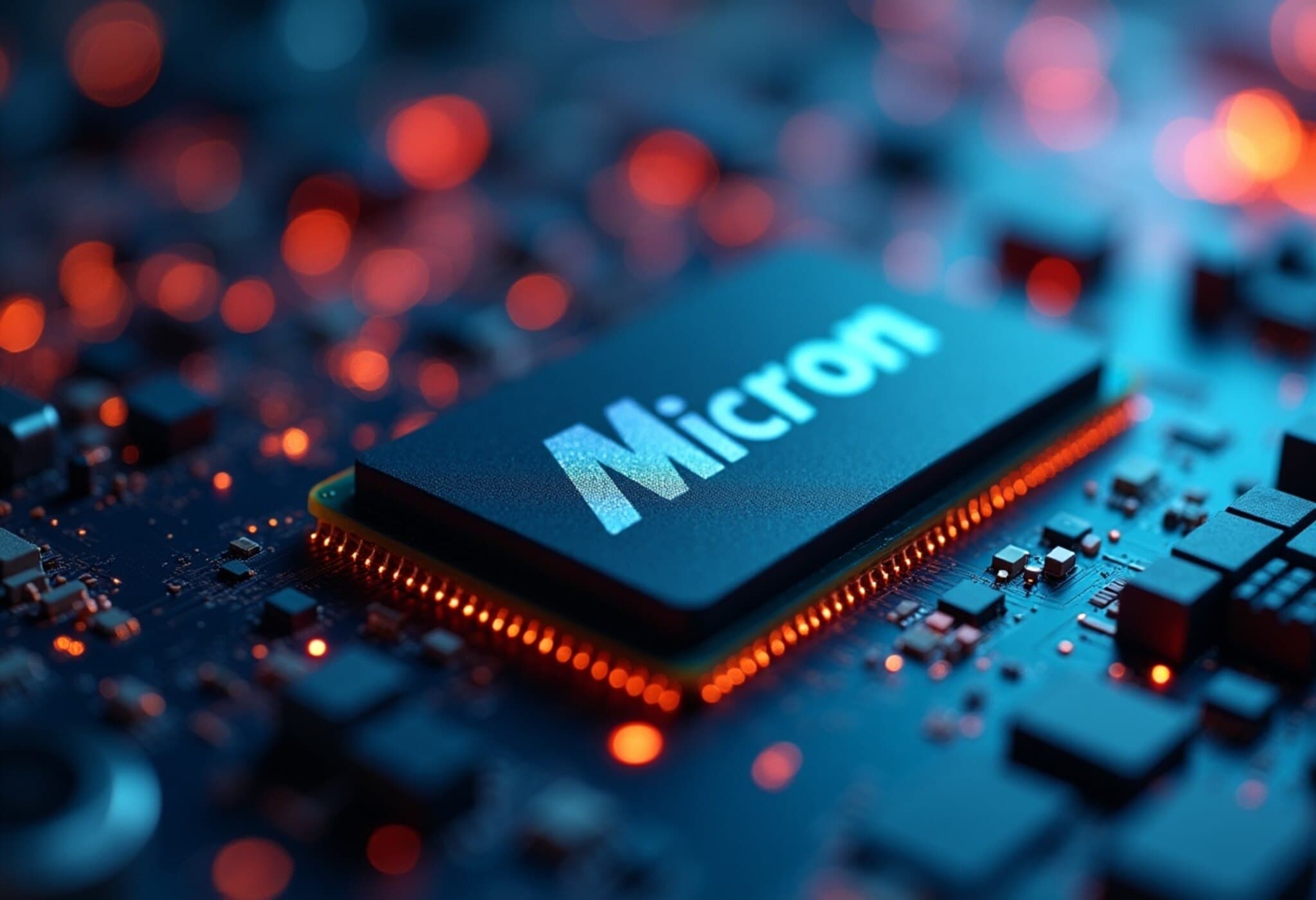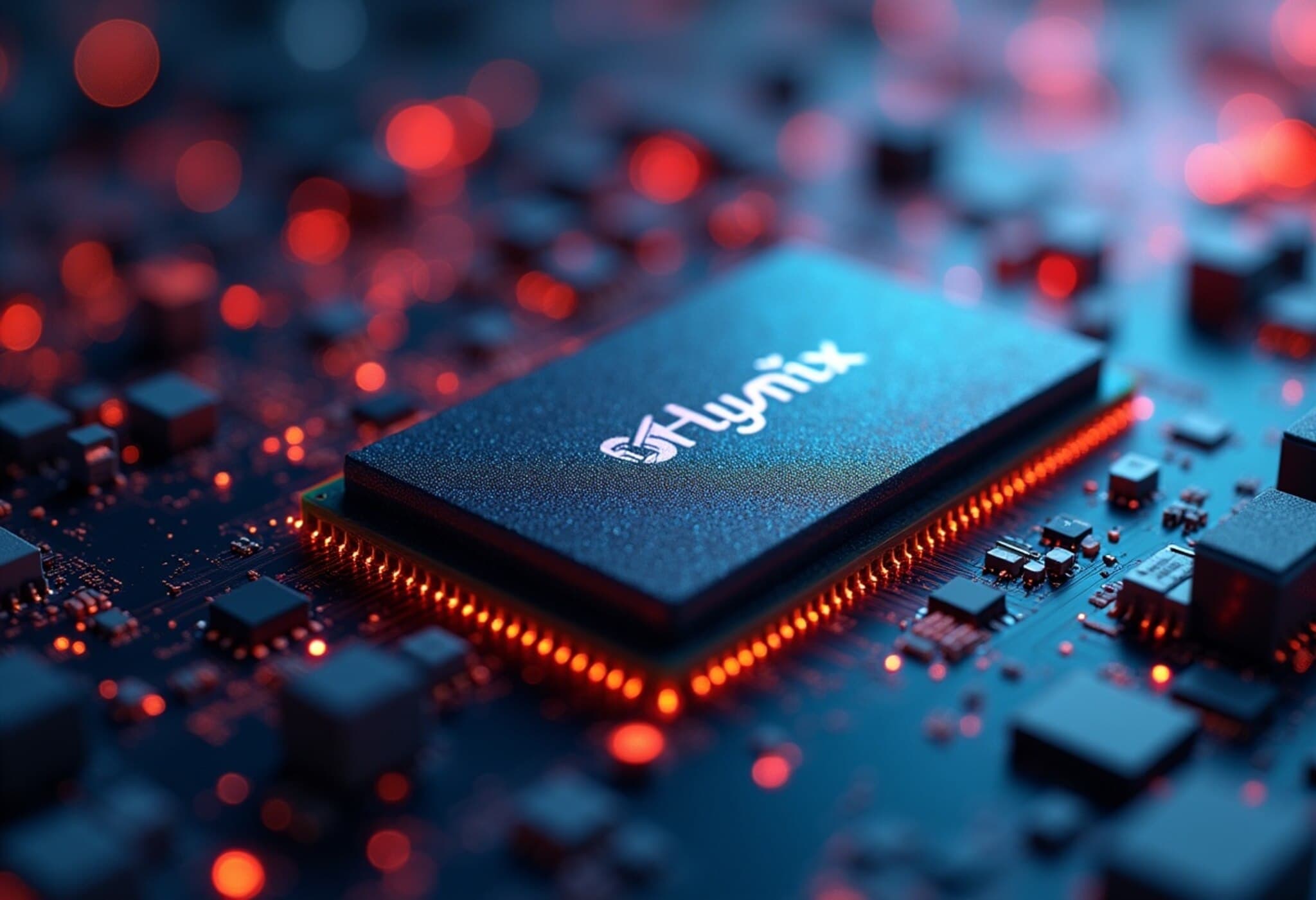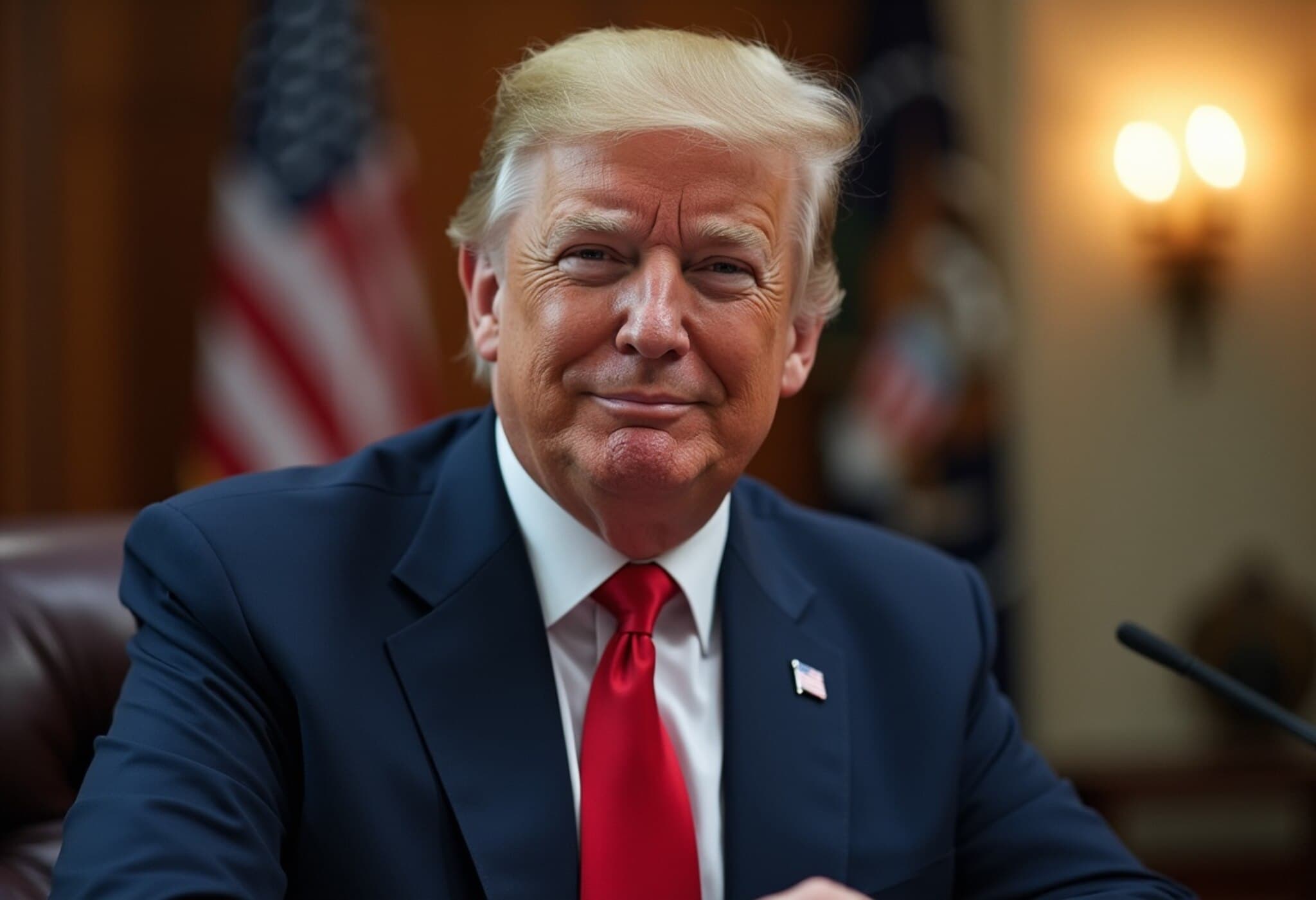Intel’s Historic Equity Stake Deal Marks New Era in US Industrial Policy
In a bold move that signals a shift in how Washington supports strategic industries, former President Donald Trump announced that Intel Corporation has agreed to grant the US government a 10% equity stake in a $10 billion funding deal. The announcement—expected to be formally confirmed later this week—represents a striking departure from traditional government involvement in private companies.
A “Game-Changer” for Chipmaking and Taxpayers
Trump hailed the arrangement as a “multibillion-dollar win for taxpayers” and a pivotal moment for Intel, a company that once spearheaded the semiconductor industry but has recently struggled to keep pace with rivals. The new equity participation allows the government to benefit financially from Intel’s growth, marking a shift from previous approaches that mostly relied on grants or subsidies without direct ownership.
Intel’s shares rose as much as 6.6% on the announcement day, reflecting investor optimism about the deal’s potential to revitalize the chipmaker’s fortunes and bolster US semiconductor leadership.
Breaking Norms: Government as Investor, Not Just Backer
This level of government intervention is unprecedented in non-crisis times. Traditionally, such equity stakes have been reserved for wartime economies or systemic financial rescues. Commerce Secretary Howard Lutnick emphasized a strategic pivot when speaking to CNBC earlier, saying the administration’s goal is to “get a good return for the American taxpayer instead of just giving grants away.”
This approach aims to balance national security interests with economic prudence, ensuring public funds can potentially generate returns that help offset risks.
Context: Selective Application of Equity Stakes
Though the government seeks equity in Intel’s substantial investment expansion, officials clarified that not all semiconductor firms receiving federal support will be required to share ownership. For example, major players like Taiwan Semiconductor Manufacturing Company (TSMC) and Micron Technology Inc. are not subject to the same conditions.
This selectivity highlights the unique challenges Intel faces and the administration’s tailored approach to reviving critical American industries.
Broader Implications: Risks, Rewards, and Precedents
- Potential gains: If Intel rebounds successfully, taxpayers could see tangible financial benefits as a part-owner in a rejuvenated company driving US semiconductor innovation.
- Risks: The investment carries inherent risks—shifts in the global chip market, worsening supply chains, or further competitive setbacks could jeopardize public funds.
- Policy innovation: This deal sits within a larger trend of increased state involvement in strategic tech sectors, including Trump’s earlier negotiations with Nvidia and AMD on AI chip revenue sharing concerning China, and securing a “Golden Share” in United States Steel Corporation to maintain veto power over crucial decisions.
Expert Insight: What This Means for the US Chip Industry
From a policy analyst’s perspective, the Intel deal signals Washington’s willingness to move beyond traditional subsidy models toward more investment-like partnerships, reflecting an urgent desire to regain semiconductor dominance amid rising geopolitical tensions and supply chain vulnerabilities.
However, this raises important questions about the balance between fostering innovation and the dangers of government overreach in private enterprise. There is also the matter of setting precedents that future administrations might expand or amplify, affecting how global companies perceive US regulatory landscapes.
Looking Ahead: Monitoring the Outcomes
The next few months will be critical as details emerge on the exact terms of the deal and how it shapes Intel's strategy. Observers and policymakers alike will be watching to see whether this gamble will pay dividends in economic resilience and technological leadership.
Editor’s Note
This unprecedented move by the US government to take a direct ownership stake in a strategic technology company represents a watershed in industrial policy. It reflects a new willingness to intertwine national security with economic returns — a strategy with profound implications for taxpayers, corporate governance, and America’s global competitiveness. As the semiconductor industry remains the frontline of global technological rivalry, understanding these high-stakes policy maneuvers is essential. Readers should consider the potential ripple effects on future public-private partnerships and the evolving role of government in the tech economy.

